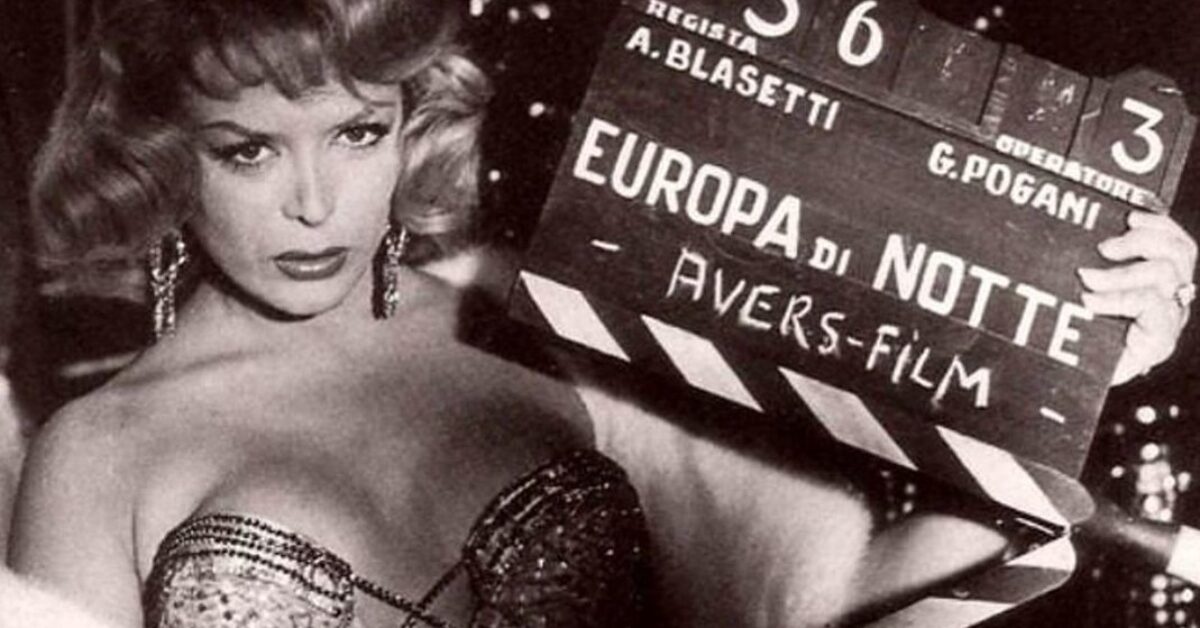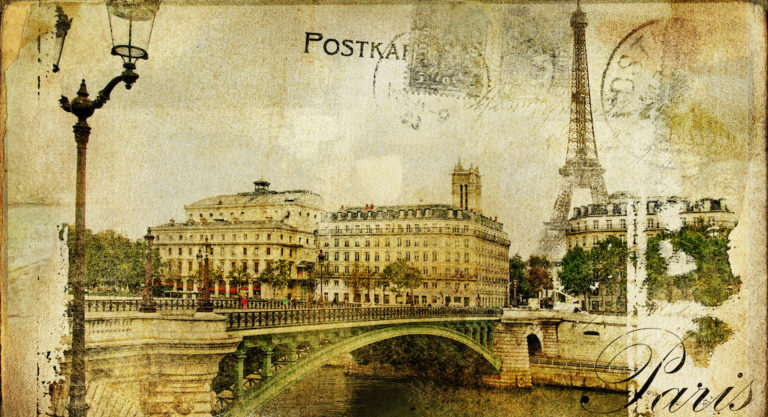As Pride Month kicks off, let’s have a moment of appreciation for Jacqueline-Charlotte Dufresnoy, the French actress and renowned club singer who spent her life fighting for transgender people’s right to live true to themselves. Already an “it” girl and role model to transgender people everywhere, Dufresnoy became a media sensation when she became the first French celebrity to undergo gender affirming surgery, making medical, legal, and religious history in France.
Who was Jacqueline Charlotte Dufresnoy, AKA Coccinelle?
Jacqueline-Charlotte Dufresnoy (born Jacques-Charles) was born on August 23, 1931, in Paris. From a young age, Jacqueline had a penchant for fashion and performance, and an underlying and unmistakable true sense of self. She once said, “…As a boy aged four. I knew I was different. I was a girl, really, but nobody could see it.” A red party dress with black polka dots earned Jacqueline the nickname “Coccinelle,” or “Ladybug” as a teenager, but no one knew at the time just how far that name would take her.
Coccinelle’s Acting Career
Dufresnoy made her stage debut in 1953 at Madame Arthur in Paris, singing the role of a young ingenue in the song “Premier rendez-vous.” She quickly moved on up to popular music hall Le Carrousel de Paris, where audiences devoured her blonde bombshell looks, modeled after sex symbols like Brigitte Bardot and Marilyn Monroe, and her magnetic talent. Coccinelle, as she was now known on stage, was beginning to come into her own, but there was more to come.
The First French Transgender Celebrity
In 1958, Coccinelle became the first French person to undergo gender confirmation surgery (formerly known as gender reassignment surgery), performed by Dr. Georges Burou at a clinic in Casablanca. “Dr Burou rectified the mistake nature had made and I became a real woman, on the inside as well as the outside,” she famously said of the surgery. “After the operation, the doctor just said, ‘Bonjour, Mademoiselle,’ and I knew it had been a success.” This was a crucial victory for Coccinelle, as up until this point she could still be arrested for crossdressing. (Not-so-fun fact: A French law from 1800 forbidding women to wear trousers was only formally repealed in 2013.)
When the press heard about Coccinelle’s operation, they went mad for the starlet. Her cabaret show toured internationally, and she began taking roles in films, most notably Europa di Notte (1959), Los Viciosos (1962), and Dias de Viejo Color (1968). She was also a talented singer, as showcased in her Cherchez la Femme revue, as well as in her recordings, which can be found here.
The First Transgender Marriage in France
In addition to being the first French person to have gender confirmation surgery, Coccinelle also became the first transgender person in France to legally marry. Although gay marriage wasn’t legalized in France until 2013, Coccinelle was accepted as a woman and allowed to marry the French journalist Francis Bonnet in 1960. She was even allowed to be married in the church in a Catholic wedding ceremony, so long as she was rebaptized as Jacqueline, marking her role in making both legal and religious history. After her historic first marriage, Dufresnoy married twice more later in her life, to a Paraguayan dancer named Mario Costa, and finally to transgender activist Thierry Wilson.
Coccinelle and Thierry Wilson’s Activism
Coccinelle and Wilson went on to found the organization Devenir Femme, dedicated to providing support to transgender individuals seeking gender confirmation surgery. She also helped establish the Center for Aid, Research, and Information for Transsexuality and Gender Identity.
Most of the information available online about the life of Coccinelle comes from her obituaries, following her death by stroke in Marseille in 2006, as well as from her self-titled 1987 autobiography. But her legacy lives on through her captivating films, images, and status as a pioneer for LGBTQ people in France.
Catherine Rickman is a writer, professional francophile, and host of the Expat Horror Stories podcast. She is currently somewhere in Brooklyn with a fork in one hand and a pen in the other, and you can follow her adventures on Instagram @catrickman.






